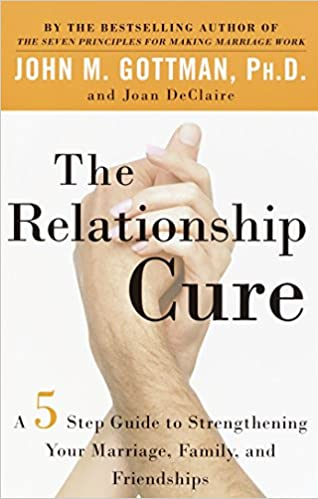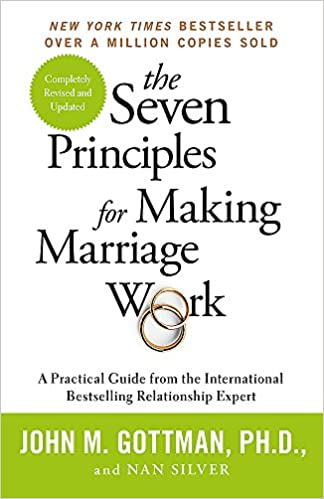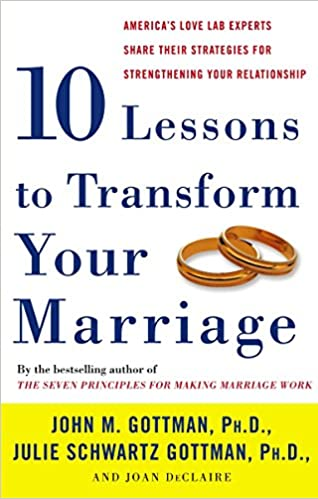Why Do I Need to Set Boundaries?
Boundaries in a relationship refer to the limits and guidelines individuals establish to define acceptable behaviors, actions, and expectations. They serve as guidelines for how individuals interact with one another, communicate their needs, and respect each other’s personal space and autonomy. Boundaries can cover various aspects of a relationship, including emotional, physical, and social boundaries.
Setting boundaries allows individuals to establish their identity within the relationship, maintain a sense of self-respect, and foster healthy communication and trust. It involves open and honest communication about personal needs, desires, and limitations, as well as actively listening to and respecting the boundaries set by the partner
Why Do I Need to Set Boundaries?
Establishing boundaries in a relationship is essential for several reasons. Firstly, it helps maintain a healthy balance of power and ensures that both partners have their needs met. By clearly expressing individual expectations and limits, boundaries prevent one person from dominating or controlling the relationship. They promote equal partnership and mutual respect.
Secondly, boundaries protect individuals from emotional harm and preserve their well-being. When boundaries are crossed or violated, it can lead to emotional stress, resentment, and even the erosion of trust. By setting boundaries, individuals create a safe and secure environment for themselves and their partners, fostering open and honest communication.
Lastly, boundaries enable personal growth and self-care within the relationship. By defining personal space, time, and interests, individuals can engage in activities that bring them joy, pursue personal goals, and maintain their sense of self. Boundaries also allow individuals to prioritize their mental and emotional well-being, preventing burnout and fostering a healthy work-life balance.
When to Set Boundaries?
Setting boundaries should occur proactively and reactively throughout a relationship. Proactively, it is beneficial to establish boundaries early on to set a foundation of open communication, trust, and respect. However, it is also important to recognize and address any existing boundary violations or imbalances as they arise.
Here are some common situations that may indicate the need to set boundaries:
- Feeling overwhelmed or emotionally drained by the demands of the relationship.
- Experiencing a lack of personal space or autonomy.
- Dealing with constant criticism, disrespect, or disregard for personal values.
- Having difficulty expressing personal needs and desires.
- Feeling responsible for the emotions or actions of your partner.
- Experiencing repeated instances of crossed boundaries or violations.
It’s important to trust your instincts and recognize when your well-being or values are being compromised. Remember that setting boundaries is a continuous process that may require adjustment and reinforcement over time.
How to Set Boundaries in a Relationship
-
Reflect on Your Needs
Take time to identify your personal boundaries and understand what you need in a relationship. Consider your emotional, physical, and social needs and how they align with your values and goals.
-
Communicate Openly
Engage in open and honest communication with your partner. Clearly express your boundaries and expectations, using “I” statements to avoid sounding accusatory. Share your feelings, needs, and limitations, and encourage your partner to do the same.
-
Be Firm and Assertive
Set boundaries confidently and assertively. Avoid minimizing or apologizing for your needs. Remember, setting boundaries is an act of self-care and self-respect. Be prepared for potential resistance or discomfort from your partner and stand firm in your convictions.
-
Practice Active Listening
Actively listen to your partner’s boundaries and concerns. Respect their limits and validate their feelings. Engage in a dialogue to find mutually agreeable compromises and solutions that respect both individuals’ needs.
-
Enforce Boundaries
It’s essential to reinforce and maintain the boundaries you set. Consistently communicate your boundaries and respond assertively when they are crossed. Hold yourself accountable for respecting your partner’s boundaries as well.
-
Seek Professional Help if Needed
If you find it challenging to establish or enforce boundaries in your relationship, consider seeking guidance from a couples therapist or relationship counselor. They can provide valuable insights and strategies tailored to your specific situation.
Remember, setting boundaries is an ongoing process that requires open communication, understanding, and flexibility. It contributes to the overall health and sustainability of the relationship, allowing both partners to grow individually and together.



